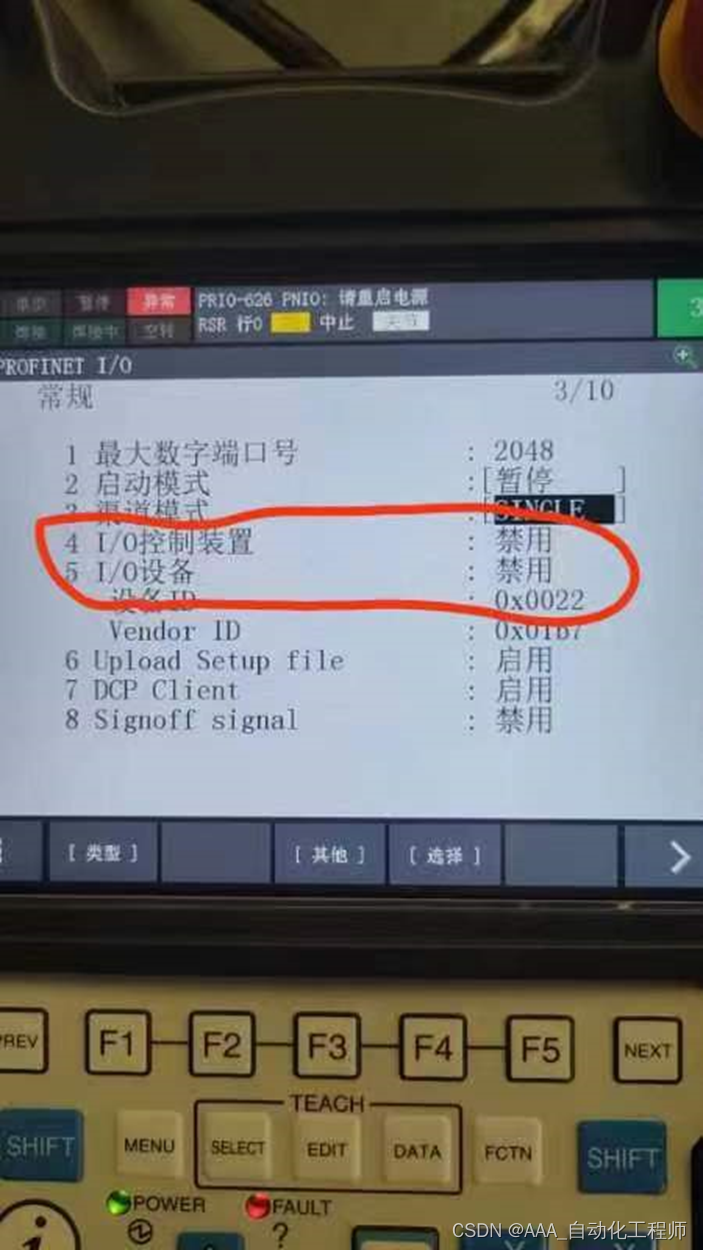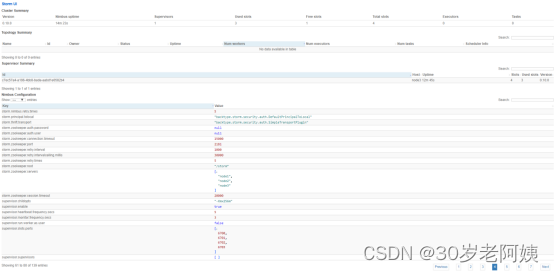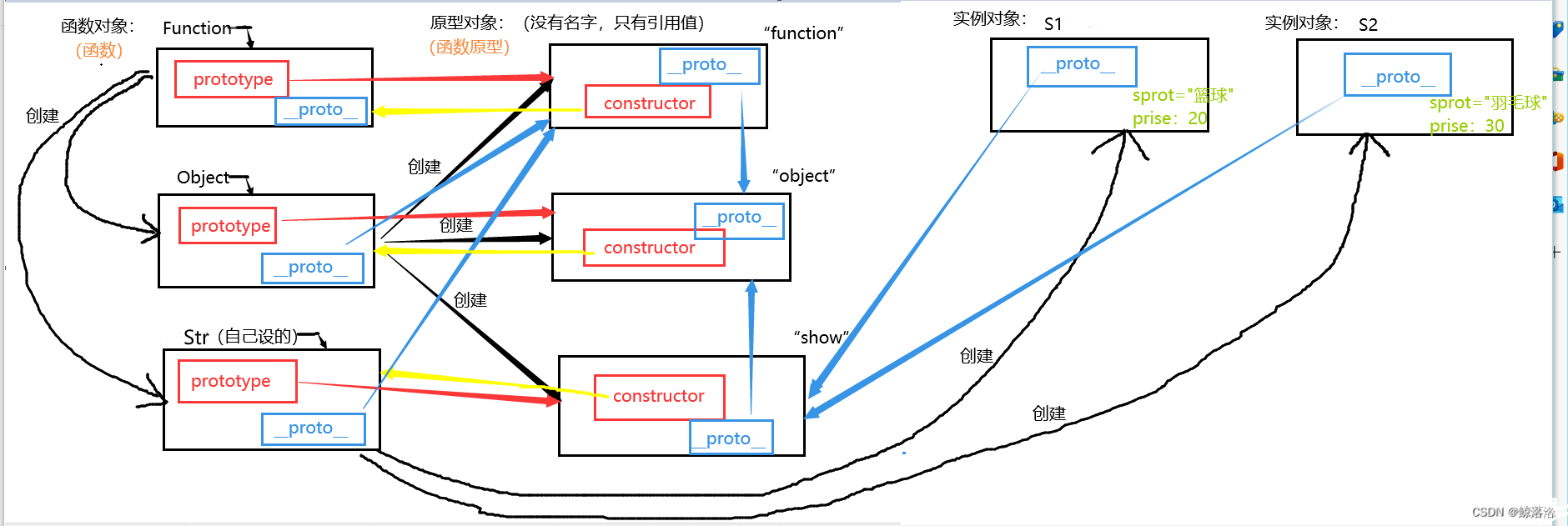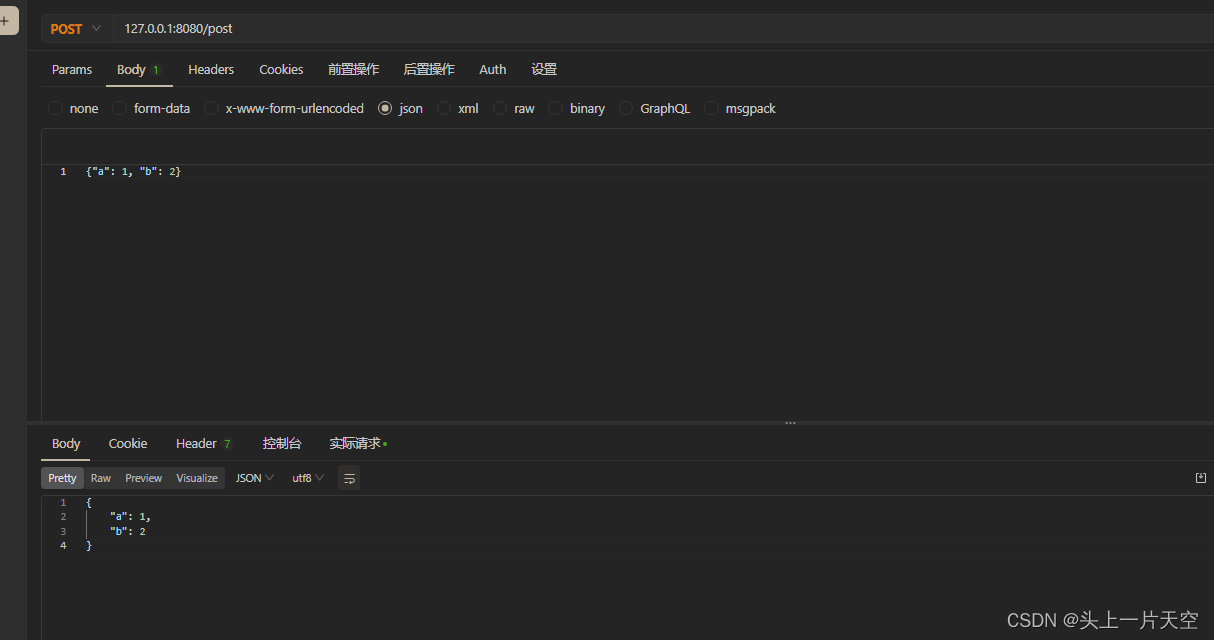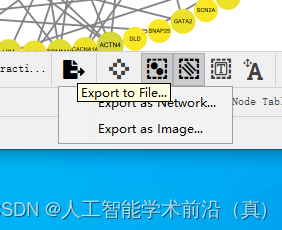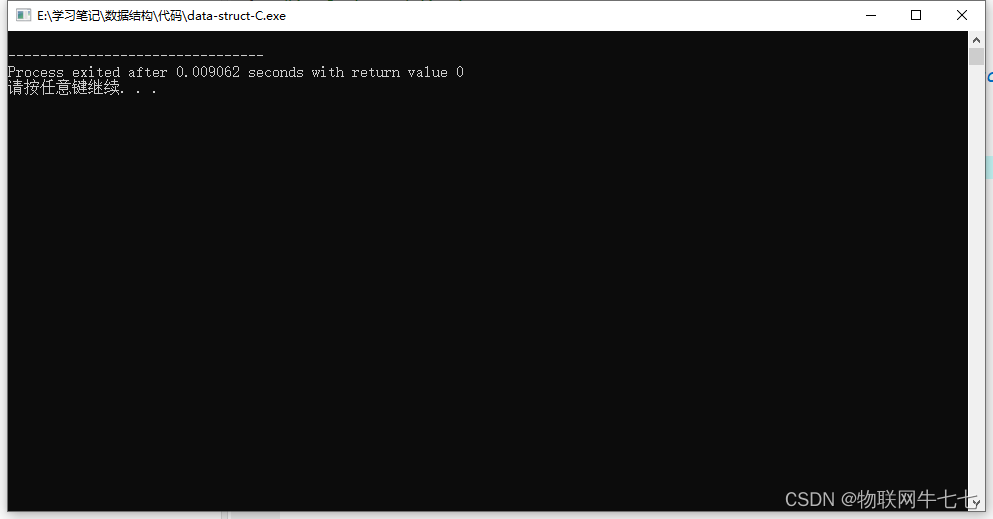在上一节:【3D 图像分割】基于 Pytorch 的 VNet 3D 图像分割6(数据预处理) 中,我们已经得到了与mhd图像同seriesUID名称的mask nrrd数据文件了,可以说是一一对应了。
并且,mask的文件,还根据结节被多少人同时标注,区分成了4个文件夹,分别是标注了一、二、三、四次,一共就4个医生参与标注。
再加上官方已经给整理好的肺实质分割的文件,我们就获得了以下这些数据:
ct图像数据;- 肺实质分割数据;
- 包含结节位置的
mask数据。
一、导言
上述得到的这些,就满足了我们的需求了,都是一一对应的,无论是后续的数据预处理,还是拿过来用于训练,都非常的方便。
但是呢,对于原始的ct数据,他在Z轴上的层厚是不同的,这点可以在dicom文件里面看到,也可以在mhd文件的查询到关于层厚的信息。在这点上,不同的序列,差异是非常大的。表现在一个3维数组的结节上面,在这个维度上就是被压扁,和拉长的样子。
在x和y方向,其实也是存在spacing的差异的,但是这种差异没有像z轴那么夸张的,这里可以选择处理和不处理均可(有些论文进行了处理,有些没有。默认都是512x512大小,resample后会变小)。
至此,本篇的目的就很明确了,是要做下面几件事:
- 对原始图像进行肺实质提取,将肺区外的部分进行裁剪,或者改为固定像素值;
- 对图像和结节
mask进行resample操作,本篇是zyx均进行resample为1mm。
二、具体实施
怎么做的部分,我们分三部分:
- 肺实质裁剪
image和nodule mask进行resample操作- 获取结节中心点坐标和半径
下面就一一展开
2.1、主函数部分
由于这部分数据量比较多,所以在主函数部分采用了多进程的模式,加快处理速度。需要读进来的数据也就是前面篇章已经处理好的,这里都可以直接使用。
下面就是主函数
import sys
import numpy as np
import scipy.ndimage
from skimage import measure, morphology
import SimpleITK as sitk
from multiprocessing import Pool
import os
import nrrd###############################################################################
# 将标记的mask,和ct原图,加入左右肺区分割的图像,生成去除noise的,剩下肺区的ct和结节mask
###############################################################################
def main():n_consensus = 4do_resample = Trueimg_dir = './LUNA16/image_combined'lung_mask_dir = './LUNA16/seg-lungs-LUNA16'nod_mask_dir = os.path.join('./LUNA16/nodule_masks', str(n_consensus))save_dir = os.path.join('./LUNA16/preprocessed', str(n_consensus))os.makedirs(save_dir, exist_ok=True)params_lists = []# 多进程处理for pid in os.listdir(nod_mask_dir):# seg-lungs-LUNA16, masks_test/3, seg-lungs-LUNA16, preprocessed_test/3, Trueparams_lists.append([pid, lung_mask_dir, nod_mask_dir, img_dir, save_dir, do_resample])pool = Pool(processes=4)pool.map(cropResample_process, params_lists)pool.close()pool.join()pool = Pool(processes=4)pool.map(generateBBoxes_label, params_lists)pool.close()pool.join()if __name__ == '__main__':main()
有两个部分,
cropResample_process:和名称一样,进行肺实质的crop和resample操作;generateBBoxes_label:将处理完毕的结节mask,得到结节中心的坐标和半径。
2.2、肺实质裁剪
这小块的步骤,大概如下:
- 首先,就是数据读取,这部分的详细介绍,可以参考我之前的这篇文章:【医学影像数据处理】nii、npz、npy、dcm、mhd 的数据格式互转,及多目标分割处理汇总
- 其次,就是将
hu值,转化为0-255的值,也就是函数HU2uint8(),对于这部分,可以参考hu值是如何转为0-255的可视化部分的介绍:【医学影像数据处理】 Dicom 文件格式处理汇总 - 另外,就是将肺区
mask作用到图像上,肺实质外采用pad valud补充 - 最后,将处理好的
image、mask和相关参数存储到本地
代码如下,就该说明的部分都进行注释,相信能轻易看懂。
def load_itk_image(filename):"""Return img array and [z,y,x]-ordered origin and spacing"""itkimage = sitk.ReadImage(filename)numpyImage = sitk.GetArrayFromImage(itkimage)numpyOrigin = np.array(list(reversed(itkimage.GetOrigin())))numpySpacing = np.array(list(reversed(itkimage.GetSpacing())))return numpyImage, numpyOrigin, numpySpacingdef HU2uint8(image, HU_min=-1200.0, HU_max=600.0, HU_nan=-2000.0):"""Convert HU unit into uint8 values. First bound HU values by predfined minand max, and then normalizeimage: 3D numpy array of raw HU values from CT series in [z, y, x] order.HU_min: float, min HU value.HU_max: float, max HU value.HU_nan: float, value for nan in the raw CT image."""image_new = np.array(image)image_new[np.isnan(image_new)] = HU_nan# normalize to [0, 1]image_new = (image_new - HU_min) / (HU_max - HU_min)image_new = np.clip(image_new, 0, 1)image_new = (image_new * 255).astype('uint8')return image_newdef convex_hull_dilate(binary_mask, dilate_factor=1.5, iterations=10):"""Replace each slice with convex hull of it then dilate. Convex hulls usedonly if it does not increase area by dilate_factor. This applies mainly tothe inferior slices because inferior surface of lungs is concave.binary_mask: 3D binary numpy array with the same shape of the image,that only region of interest is True. One side of the lung in thisspecifical case.dilate_factor: float, factor of increased area after dilationiterations: int, number of iterations for dilationreturn: 3D binary numpy array with the same shape of the image,that only region of interest is True. Each binary mask is ROI of oneside of the lung."""binary_mask_dilated = np.array(binary_mask)for i in range(binary_mask.shape[0]):slice_binary = binary_mask[i]if np.sum(slice_binary) > 0:slice_convex = morphology.convex_hull_image(slice_binary)if np.sum(slice_convex) <= dilate_factor * np.sum(slice_binary):binary_mask_dilated[i] = slice_convexstruct = scipy.ndimage.generate_binary_structure(3, 1)binary_mask_dilated = scipy.ndimage.binary_dilation(binary_mask_dilated, structure=struct, iterations=10)return binary_mask_dilateddef apply_lung_mask(image, binary_mask1, binary_mask2, pad_value=170,bone_thred=210, remove_bone=False):"""Apply the binary mask of each lung to the image. Regions out of interestare replaced with pad_value.image: 3D uint8 numpy array with the same shape of the image.binary_mask1: 3D binary numpy array with the same shape of the image,that only one side of lung is True.binary_mask2: 3D binary numpy array with the same shape of the image,that only the other side of lung is True.pad_value: int, uint8 value for padding image regions that is notinterested.bone_thred: int, uint8 threahold value for determine parts of image isbone.return: D uint8 numpy array with the same shape of the image afterapplying the lung mask."""binary_mask = binary_mask1 + binary_mask2binary_mask1_dilated = convex_hull_dilate(binary_mask1)binary_mask2_dilated = convex_hull_dilate(binary_mask2)binary_mask_dilated = binary_mask1_dilated + binary_mask2_dilatedbinary_mask_extra = binary_mask_dilated ^ binary_mask# replace image values outside binary_mask_dilated as pad valueimage_new = image * binary_mask_dilated + pad_value * (1 - binary_mask_dilated).astype('uint8')# set bones in extra mask to 170 (ie convert HU > 482 to HU 0;# water).if remove_bone:image_new[image_new * binary_mask_extra > bone_thred] = pad_valuereturn image_newdef cropResample_process(params):# seg-lungs-LUNA16, masks_test/3, seg-lungs-LUNA16, preprocessed_test/3, Truepid, lung_mask_dir, nod_mask_dir, img_dir, save_dir, do_resample = paramsprint('Preprocessing %s...' % (pid))img_org, origin, spacing = load_itk_image(os.path.join(img_dir, '%s.mhd' % (pid)))lung_mask, _, _ = load_itk_image(os.path.join(lung_mask_dir, '%s.mhd' % (pid)))nodule_mask, _ = nrrd.read(os.path.join(nod_mask_dir, '%s.nrrd' % (pid)))# 4-右肺 3-左肺 5-气管binary_mask_r = lung_mask == 4binary_mask_l = lung_mask == 3binary_mask = binary_mask_r + binary_mask_limg_org = HU2uint8(img_org)img_lungRL = apply_lung_mask(img_org, binary_mask_r, binary_mask_l)
有一个点前面从没有说明过,那就是官方提供的lung mask数组,在这里简要的记录下:
- 数字3,表示左肺
- 数字4,表示右肺
- 数字5,表示气管
还是第一次看到这个按位异或运算符(^),简单的学习了下:
按位异或运算符(^)用于将两个操作数的每个对应位进行逻辑异或操作。如果两个对应位的值相同,则结果为0,否则为1。异或的本质是没有进位的加法。
将dilate膨胀后的binary mask和原始的binary mask求异或运算,对应位的值相同,结果为0,否则为1。那么,得到的结果也就是膨胀出来的那部分,就是bone,这部分在去除bone阶段使用到。
可能会有这样的疑问:为什么不直接image 和lung mask相乘,得到一个分割肺实质后留下来的image呢?反而需要采用凸包优化的方式,多此一举呢?
答:在lung mask里面,肺实质的分割是有误差的。也就是肺实质的分割是沿着肺区边缘的,但是某些结节的位置,恰好在肺区的边界上,且密度很大。那么mask就会呈现一个内凹的一个状态。如果采用上面的方法,这样结节就被抠除了。采用凸包优化,就可以利用稍微扩展肺实质边缘,达到将更多肺区留下来的效果。
但是,对于肺结核等等大病灶的疾病,采用上述取出肺实质的方法就不行。主要是因为肺结核的病种范围比较大,尽管采用了凸包优化,最终还是会切除很大一块肺区位置,这样肺区就不完整了,有些得不偿失。
下面是skimage.morphology.convex_hull_image官方给出的实例,如下:点击直达
 作用到我们项目里面,切割后的样子如下:
作用到我们项目里面,切割后的样子如下:

2.3、resample操作
本篇对resample的操作,在zyx的各个维度上,就雨露均沾,通通调整到1mm的状态,这样得到的一个像素大小,表示的也就是物理大小,不会引起任何一个维度上变形的情况。
代码如下所示:
def resample(image, spacing, new_spacing=[1.0, 1.0, 1.0], order=1):"""Resample image from the original spacing to new_spacing, e.g. 1x1x1image: 3D numpy array of raw HU values from CT series in [z, y, x] order.spacing: float * 3, raw CT spacing in [z, y, x] order.new_spacing: float * 3, new spacing used for resample, typically 1x1x1,which means standardizing the raw CT with different spacing all into1x1x1 mm.order: int, order for resample function scipy.ndimage.interpolation.zoomreturn: 3D binary numpy array with the same shape of the image after,resampling. The actual resampling spacing is also returned."""# shape can only be int, so has to be rounded.new_shape = np.round(image.shape * spacing / new_spacing)# the actual spacing to resample.resample_spacing = spacing * image.shape / new_shaperesize_factor = new_shape / image.shapeimage_new = scipy.ndimage.zoom(image, resize_factor, mode='nearest', order=order)return (image_new, resample_spacing)if do_resample:print('Resampling...')img_lungRL, resampled_spacing = resample(img_lungRL, spacing, order=3)seg_nod_mask = np.zeros(img_lungRL.shape, dtype=np.uint8)for i in range(int(nodule_mask.max())):# 一个结节,一个结节的resamplemask = (nodule_mask == (i + 1)).astype(np.uint8)mask, _ = resample(mask, spacing, order=3)seg_nod_mask[mask > 0.5] = i + 1
其中在resample函数里面,使用到了scipy.ndimage.zoom操作,直接将原始数据,zoom到新的shape。
scipy.ndimage.zoom(input, zoom, output=None, order=3, mode='constant', cval=0.0, prefilter=True, *, grid_mode=False)[source]
函数中:
input:The input arrayzoom:The zoom factor along the axes
下面是一段官方案例,展示了zoom前后的变化,可以参考:点击链接直达
from scipy import ndimage, datasets
import matplotlib.pyplot as pltfig = plt.figure()
ax1 = fig.add_subplot(121) # left side
ax2 = fig.add_subplot(122) # right side
ascent = datasets.ascent()
result = ndimage.zoom(ascent, 3.0)
ax1.imshow(ascent, vmin=0, vmax=255)
ax2.imshow(result, vmin=0, vmax=255)
plt.show()
zoom前后的变化,如下所示:

发现这个scipy库还真是好用,后续找时间全面的补充下这块的知识。
2.4、存储到本地
这部分就比较的简单了,主要就是说下数组存储的一些新的:
npy文件存储一些简单的数组,比如下文的spacing、坐标等等;nrrd文件存储多维数组,比如下面的image和mask数组图像,大小是240x320x320大小的;
以前喜欢用nii作为存储文件,现在发现不太好用,nrrd也可以存储数组,还能存储header头。
下面是代码:
lung_box = get_lung_box(binary_mask, img_lungRL.shape) # 获取肺区分割的外轮廓z_min, z_max = lung_box[0]
y_min, y_max = lung_box[1]
x_min, x_max = lung_box[2]# 裁剪操作,去除肺区外的
img_lungRL = img_lungRL[z_min:z_max, y_min:y_max, x_min:x_max]
if do_resample:seg_nod_mask = seg_nod_mask[z_min:z_max, y_min:y_max, x_min:x_max]
else:seg_nod_mask = nodule_mask[z_min:z_max, y_min:y_max, x_min:x_max]np.save(os.path.join(save_dir, '%s_origin.npy' % (pid)), origin) # origin (3,) 记录三维图像origin坐标信息
if do_resample:np.save(os.path.join(save_dir, '%s_spacing.npy' % (pid)), resampled_spacing) # 记录了resample前后x\y\z三个维度的scale系数
np.save(os.path.join(save_dir, '%s_ebox_origin.npy' % (pid)), np.array((z_min, y_min, x_min)))nrrd.write(os.path.join(save_dir, '%s_clean.nrrd' % (pid)), img_lungRL) # 去除掉非肺区后的CT图像
nrrd.write(os.path.join(save_dir, '%s_mask.nrrd' % (pid)), seg_nod_mask) # 去除掉非肺区后的结节MASK图像
2.5、获取结节中心点坐标和半径
这里获取标记结节的中心点坐标和半径,目的还是为了在裁剪patch等操作时候,能够直接从已经获得的结节里面拿取,直接进行crop操作。
这块的步骤和前面get_lung_box差不多,唯一的区别在于保存下来的是中心点,而不是上面的最大、最小边界坐标。
代码如下:
def generateBBoxes_label(params):pid, lung_mask_dir, nod_mask_dir, img_dir, save_dir, do_resample = paramsmasks, _ = nrrd.read(os.path.join(save_dir, '%s_mask.nrrd' % (pid)))bboxes = []instance_nums = [num for num in np.unique(masks) if num]for i in instance_nums:mask = (masks == i).astype(np.uint8)zz, yy, xx = np.where(mask)d = max(zz.max() - zz.min() + 1, yy.max() - yy.min() + 1, xx.max() - xx.min() + 1)bboxes.append(np.array([(zz.max() + zz.min()) / 2., (yy.max() + yy.min()) / 2., (xx.max() + xx.min()) / 2., d]))bboxes = np.array(bboxes)if not len(bboxes):print('%s does not have any nodules!!!' % (pid))print('Finished masks to bboxes %s' % (pid))np.save(os.path.join(save_dir, '%s_bboxes.npy' % (pid)), bboxes)
三、总结
到这里,本篇内容,结合上一篇的内容,我们对Luna16的数据处理基本上就完成了,也完成了我们最早希望得到的内容:
images和mask数组,文件名一一对应;resample操作到1mm;- 肺实质外的部分丢弃;
6 和 7 这两个篇章,都是对前面几个章节数据部分的补充,你参考这两篇进行数据处理也行,参考其他的数据处理也行,最终得到的数据形式,只要是一样的就行。
